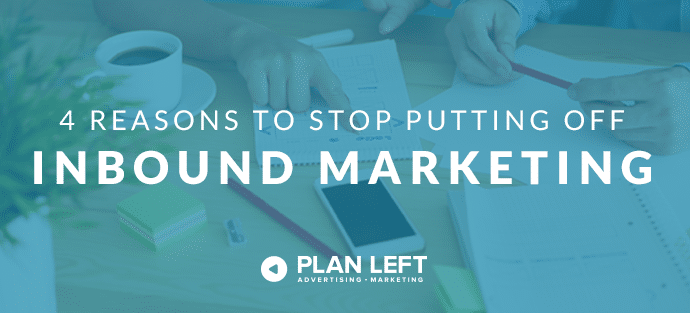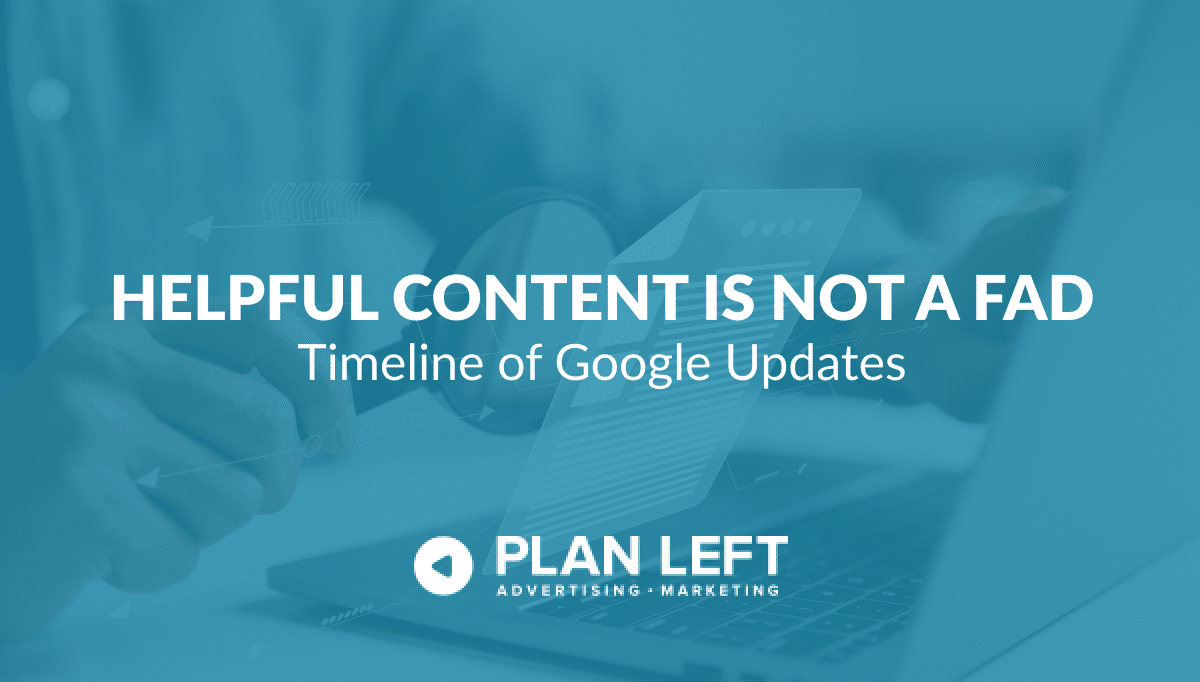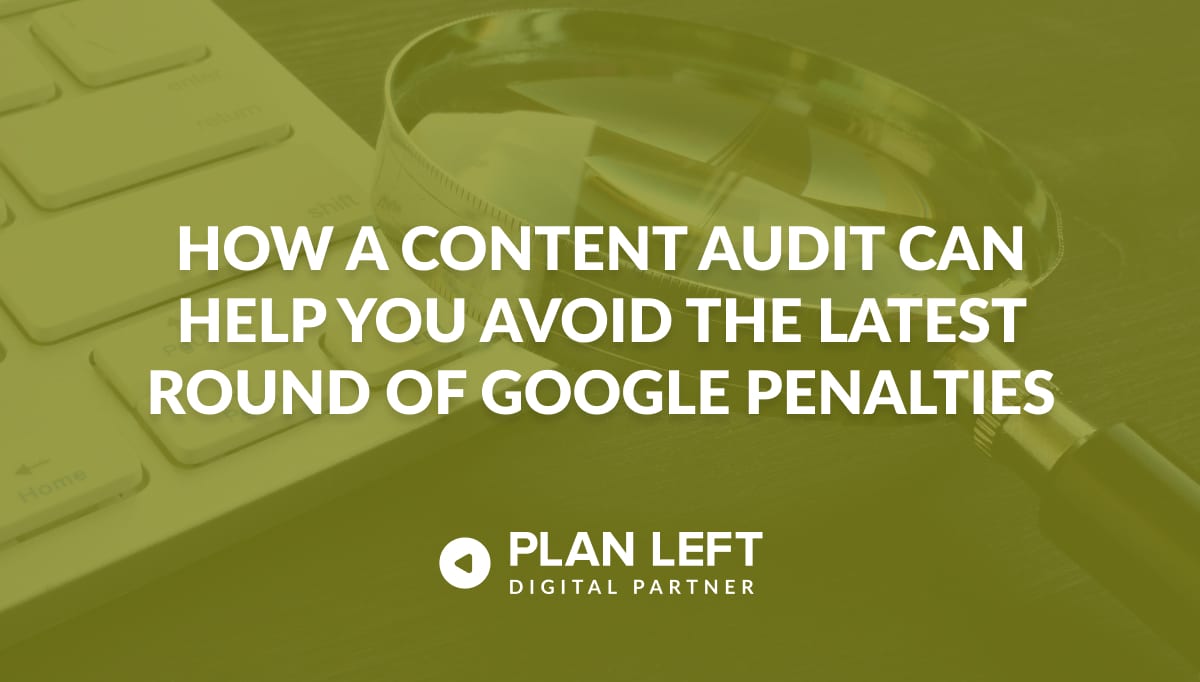
You’ve heard the term and maybe even heard someone singing its praises: inbound marketing. Obviously, with so many people incorporating inbound marketing into their marketing plans, this particular technique works, right? It wouldn’t still be here if it didn’t. It wouldn’t become more and more popular each year if there weren’t measurable results. Now, why are you still putting it off?
You already know the reasons to implement inbound marketing, but just in case a few have slipped your mind, let’s review.
Customer Oriented
When one of your first tasks for inbound marketing is to create buyer personas, you know the marketing tactics you’re about to use will be all about your customers. In fact, you can’t create any new marketing materials at all until you’ve determined whom you want to reach.
Buyer personas dig down deep to help you fully understand your customers. More than just demographics, these personas uncover likes and dislikes, purchasing tendencies, education levels, and preferences, which helps you craft messages that are perfectly targeted.
Aligned Marketing and Sales
One big argument that often occurs between sales and marketing professionals is that leads are hard to track and qualify. Sales thinks they can’t trust marketing to send over customers who are ready to buy, and marketing thinks sales squanders the leads.
When you align the sales and marketing into one inbound marketing funnel, you can be sure the leads you send to sales are qualified. In fact, after those potential buyers have learned all they can through the content you’ve provided, they’ll probably be sure things.
Trackable Metrics
So, how can you keep up with the leads that are pouring in through inbound marketing? Traditional methods such as radio, television, and direct mail just don’t give you the ability to keep up with who’s consuming your marketing messages and who’s not.
The beauty of digital marketing is that you can track absolutely anything your visitors do. Did they come to your website by a paid ad? You’ll know it. Were they referred by one of your social media accounts? There’s a record. You’ll know how many people visit you, how many read your content, how many take advantage of your offers, and how many become customers.
Return on Investment
When you can track your buyers’ movements, then you know which of your inbound marketing tactics are working and which need tweaking. This helps you understand the return on investments made into each channel. But that’s not even the best news regarding investment into inbound marketing. Here’s what you’ll love:
Inbound marketing is one of the most affordable marketing techniques you’ll ever use, says Business 2 Community. Yes, there are some costs involved, mostly initial payments to get things started. Other costs might be for staff members or agencies helping with tasks you can’t manage. Overall, however, the biggest cost of your inbound marketing will be your website. The rest of your activities serve to drive buyers toward that website. That means your return on investment will be larger than other marketing options.
So, now that you know what you’re missing, why would you keep putting off inbound marketing? We’re not suggesting you should abandon your other marketing plans, either. In fact, inbound can be an excellent addition to the marketing you already have in place. Come talk to us today to discover how easy inbound can be.
Explore Latest Posts
Google says the quality of your webpage is a ranking factor, but what is ‘quality’ according to Google? That would ... read more
April 19, 2024
In 2011, Google first changed how content was written with the Panda Update by changing how keywords could be used ... read more
April 17, 2024
The latest Google algorithm changes have shaken the search marketing world. While the Google Spam update has finished, the Google ... read more
April 16, 2024
MARKETING insights
Join the Thousands Who Receive Our Twice-Monthly Newsletter.
It's hard to keep up. Our newsletter is packed with buyer behavior insights, the latest marketing and technology updates, work/life balance tips, and—because we ❤️ our support staff—adorable pets looking for forever homes. Only twice per month. No clogged inboxes. You can't say no.





